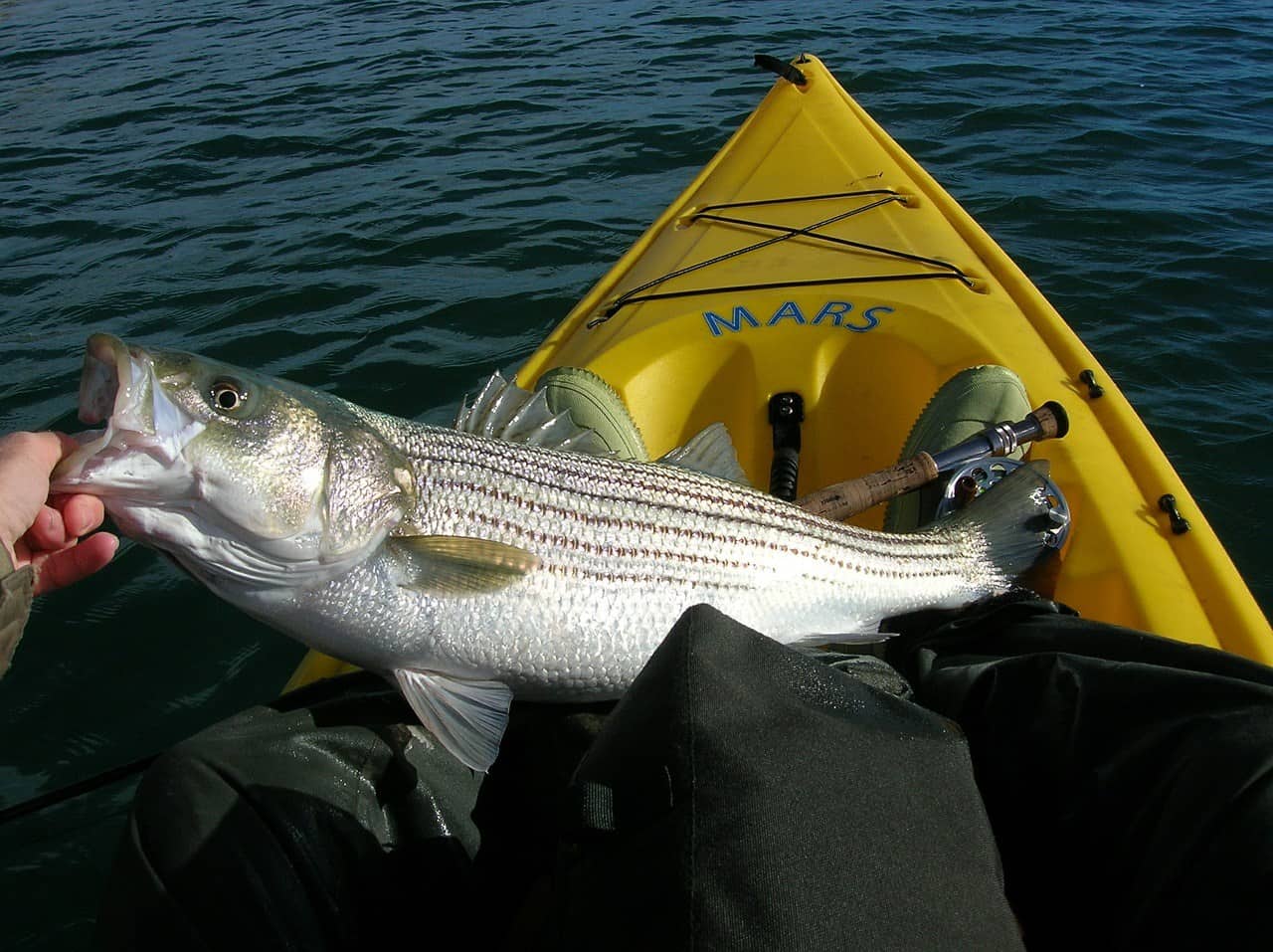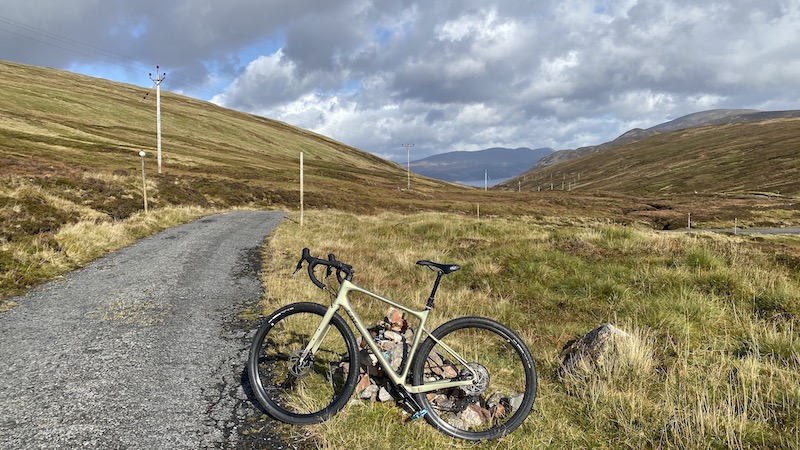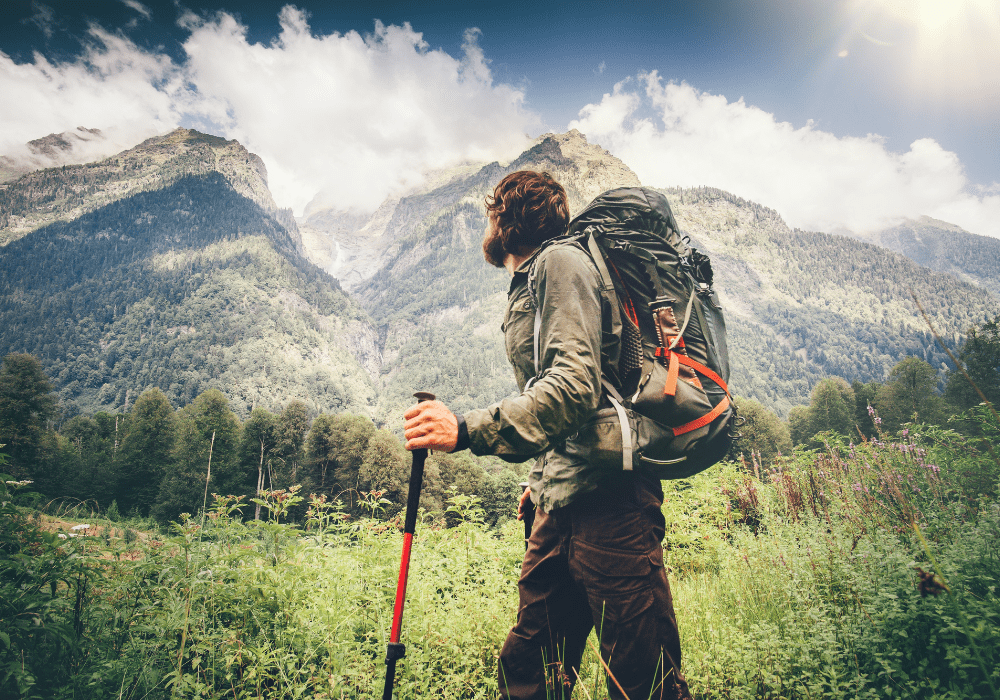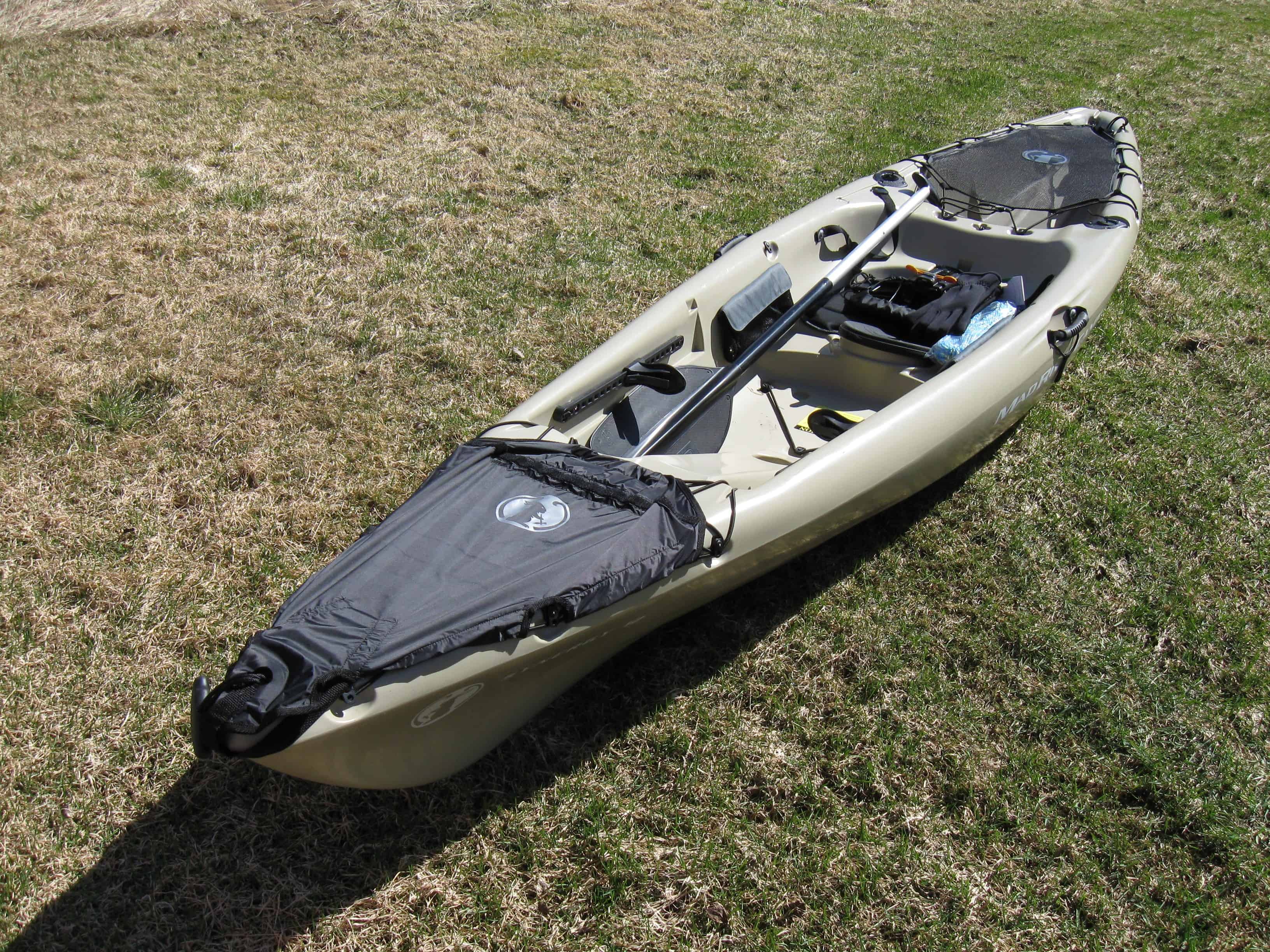Ten Tips For Kayak Fishing: A Guide To Reeling Them In
It’s time to go fishing! You’ve got your kayak all set up and your rod holders are in the perfect place. You may be a pro at fishing from a boat but kayaking presents its own challenges. These tips will allow you to master your kayak, and get you closer than ever to catching that big fish.
Customize Your Boat For Silence
You’ll hear an audible rumble if you tap the side of your vessel with your paddle or fist. Fish can also hear the same sound and it is even louder because sound travels through water better. If you want to cast your line, do not bang your paddle against your boat. Better yet, use a rubberized paddle stand.
Practice Casting and Paddling One-Handed
The biggest difference between kayak fishing and boat fishing is that you need to control both the boat and the rod simultaneously. You’ll need to adjust the position of your kayak to accommodate fishing in water that is moving slowly. Brace the shaft to your chest in order to make a stroke with one hand on the paddle side. Brace the shaft on your forearm to make a stroke from the rod side.
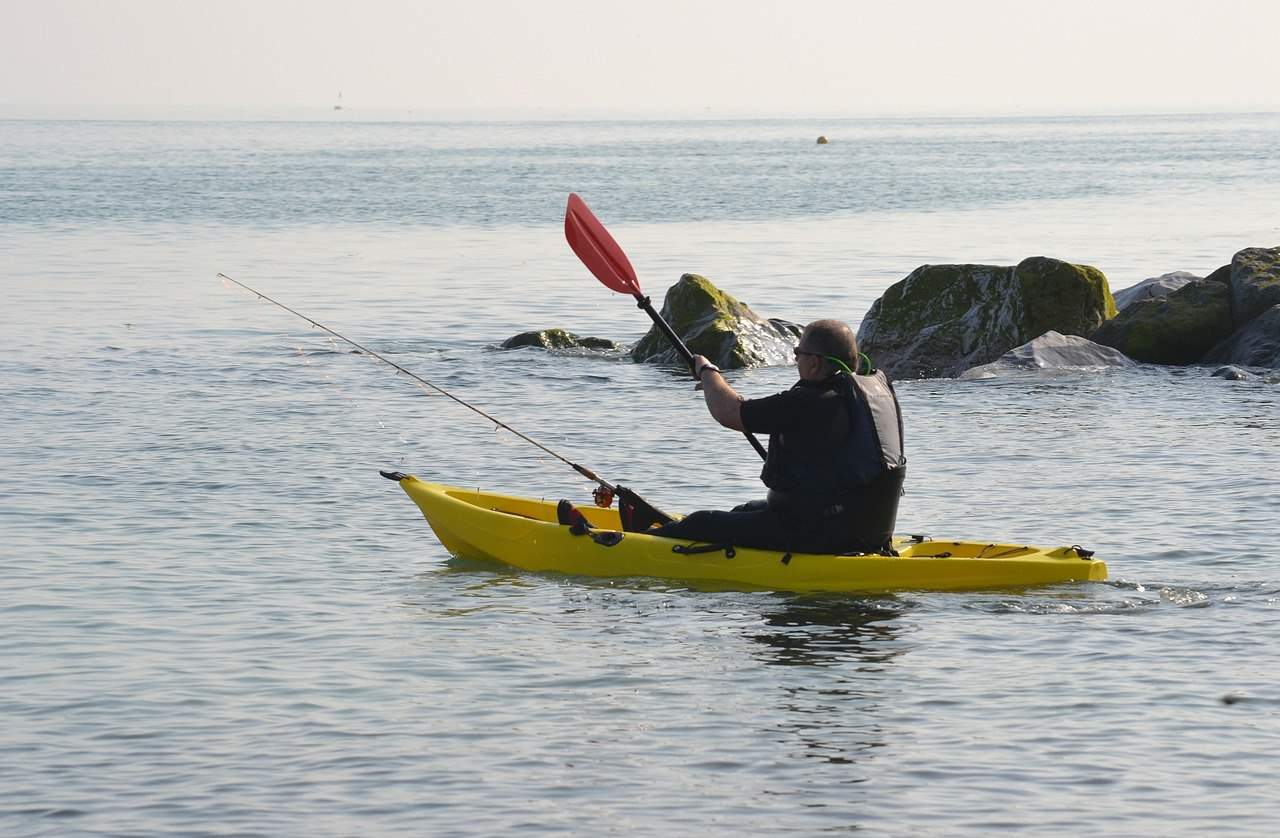
Use Your Feet To Steer
Controlling the boat becomes difficult when your hands are bound with a rope. You can use one hand to paddle, but don’t forget your feet. You want to cast from the same place? You can use them to brace yourself against a log, a rock or a riverbed. You need to slow down. Use your feet to drag the boat by hanging them over the side.
Use Eddy Lines To Your Advantage
You’ll find a eddy behind any obstruction that slows down or stops the flow of water. They are great spots to fish, because feeder fish will hang out and wait for prey. You can give your kayak a slight downstream drift by guiding the front of the kayak along the boundary between the current and the eddy.
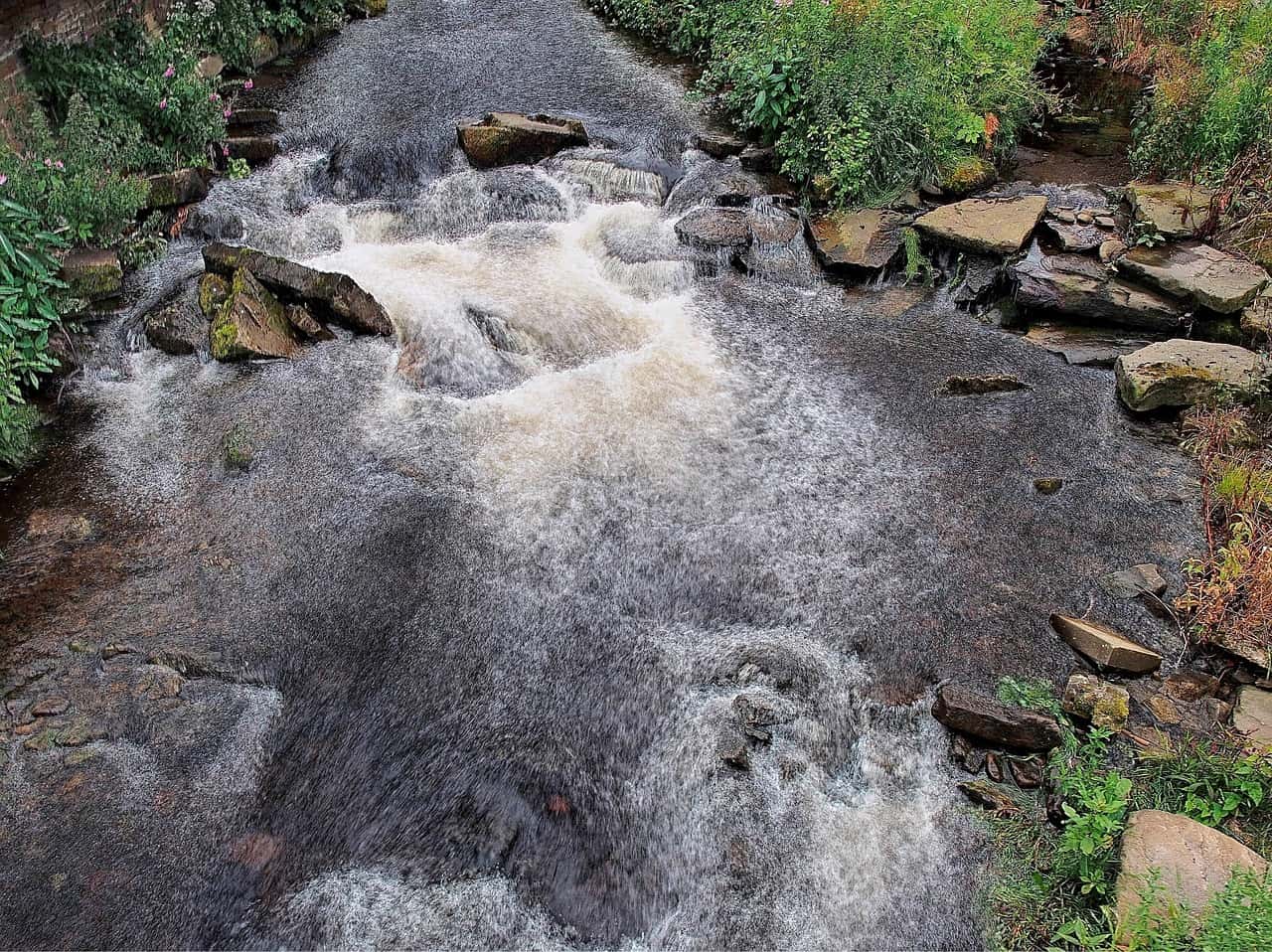
Use an Anchor
Anchors keep you in one place, allowing you to continue fishing the same hole. They’ll save you time paddling around in a light current. In a strong current you can get debris on your anchor line, which could even cause the end of the vessel to be weighed down. This situation should be avoided at all costs.
Know the Water
The goal is not to go anywhere, but to find a few great spots. It pays to check out the shoreline of the river, ocean, or lake before you go. You can walk along the shoreline and note currents, eddies and where to park your kayak. You will be able to save time paddling later.
Stay close to the shore
In shallow water the currents are weaker, making it easier to maintain your position. Paddling upstream will also be easier.
Know your Prey
It’s important to know the ecosystem before you go kayak fishing. Select a species that you want to catch. This will reduce the amount of lures and baits you need. You should know what kind of prey is most likely to be caught and where they tend to gather. This will determine the type of line, lure, and position you should use for your kayak.
Prepare to Give up the Big One
You may end up with more fish than you expected, and this could cause the boat to move in a direction you didn’t intend. In a kayak you are less protected, so if the fish is too large or if it fights too hard, let it go. Always carry a tool for cutting line.
Plan how you will handle your fish after the catch
Most anglers choose to catch and release due to the limited capacity of the kayak. If you want to save something for dinner then place it in a cooler, or use an ice bag. If you want, you can also use a stringer, but take care not to attract predators like alligators and sharks to your boat.
